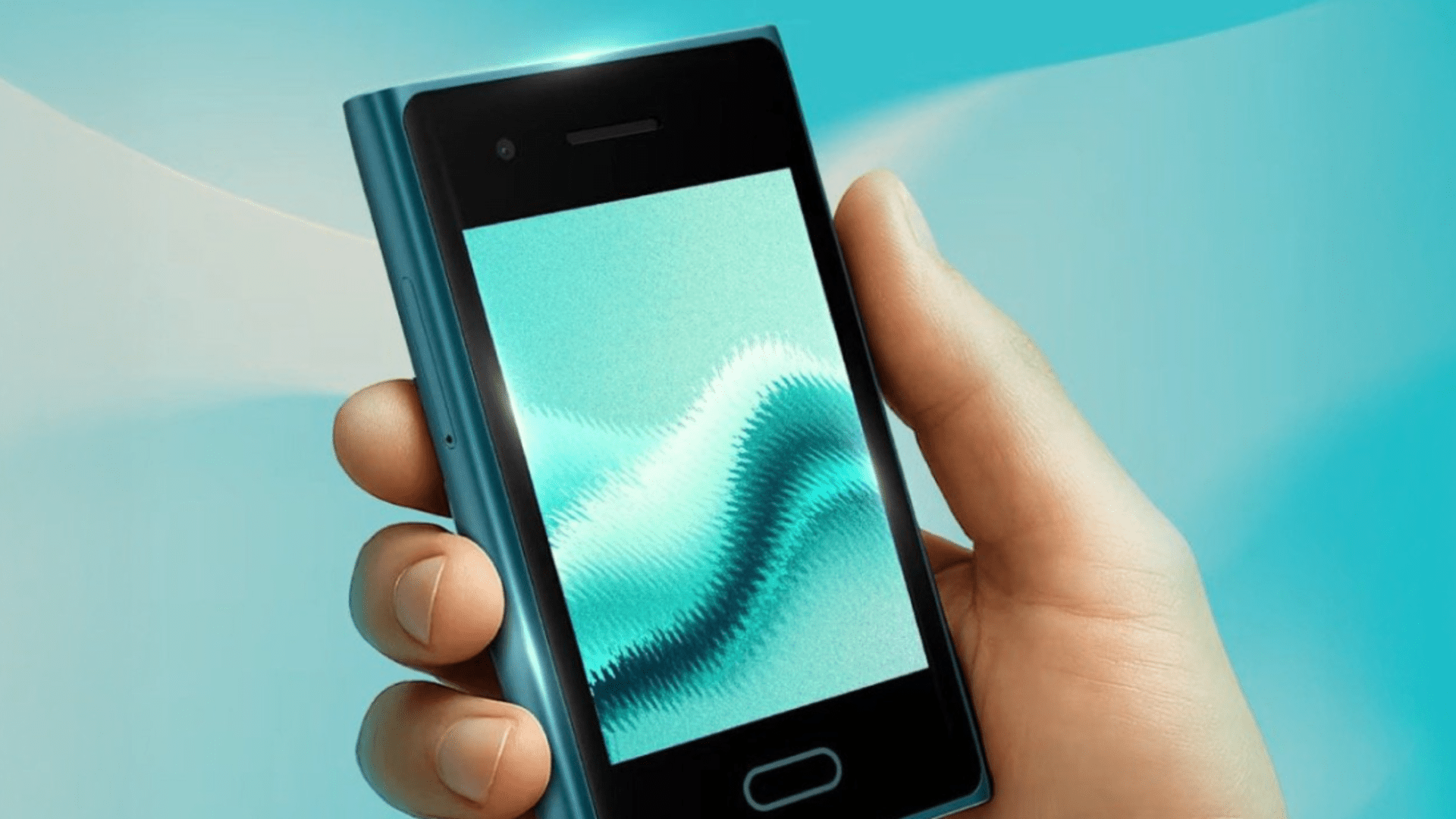- HMD Touch 4G merges hotspot and phone into one convenient device
- Its 3.2-inch screen revives compact designs long abandoned by smartphone manufacturers
- Besides hotspot integration, other features seem to be twenty years old.
HMD Global introduced the Touch 4G, a $48 device that works as both a mobile hotspot and a basic smartphone.
This device was launched for users in markets like India who want essential connectivity without the cost and complexity of a modern flagship.
As users in developed regions turn to minimalist “dumbphones” to digitally detox, the trend in India shows a growing demand for affordable and reliable 4G connectivity.
A compact hybrid that redefines utility
HMD calls the Touch 4G a “hybrid phone,” an apt term for what feels like a happy medium between a feature phone and a smartphone.
It has a 3.2-inch touchscreen, reminiscent of the compact design of the first smartphones.
Under the hood, it runs on a UNISOC T127 processor with 64MB of RAM and 128MB of internal storage, expandable up to 32GB.
While these numbers are low by today’s standards, they are sufficient for its operating system, RTOS Touch, which relies heavily on HMD’s Cloud Phone platform.
This means that much of the device’s “smart” functionality is managed remotely through browser-based apps rather than locally.
Perhaps the most attractive feature is its built-in 4G hotspot capability. For just under $50, users can access a portable Wi-Fi solution that doubles as a communications device.
In regions where people can’t afford high-end smartphones, Touch 4G could provide an inexpensive entry point into the connected world.
It supports calls, video chats, and messaging through the Express Chat app, which helps interact with Android and iOS users.
However, its reliance on cloud infrastructure raises long-term questions. If HMD discontinues its cloud services, the basic functionality of the device may decline over time.
The Touch 4G’s cameras are basic: a 0.3 MP front sensor and a 2 MP rear shooter. This is far from what most users will need in 2025.
A 1,950mAh battery powers the device, but given its low-power processor and small screen, this shouldn’t be a problem.
The device also supports Bluetooth 5.0, GPS with Beidou, and an IP52 splash-proof rating, demonstrating that cost-conscious design doesn’t necessarily mean fragility.
Via Yanko Design
Follow TechRadar on Google News And add us as your favorite source to get our news, reviews and expert opinions in your feeds. Make sure to click the Follow button!
And of course you can too follow TechRadar on TikTok for news, reviews, unboxings in video form and receive regular updates from us on WhatsApp Also.




